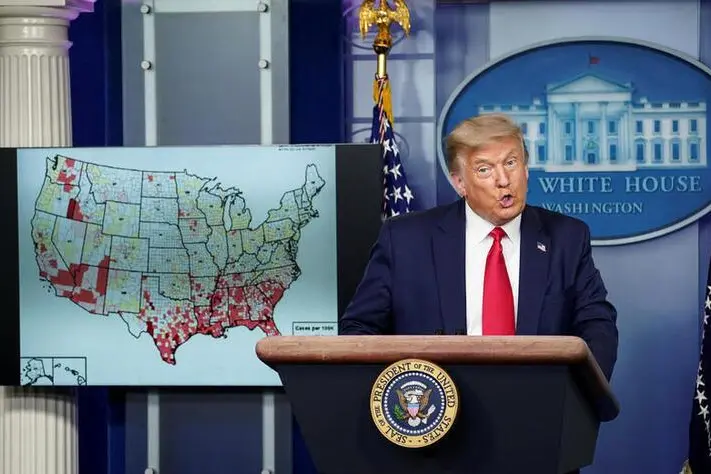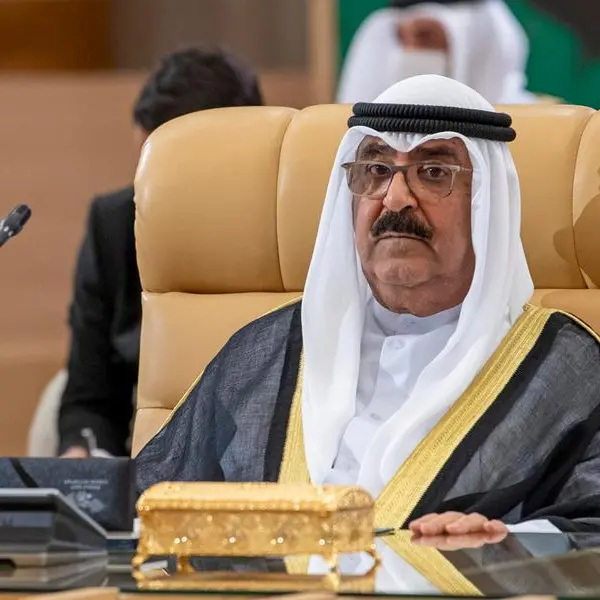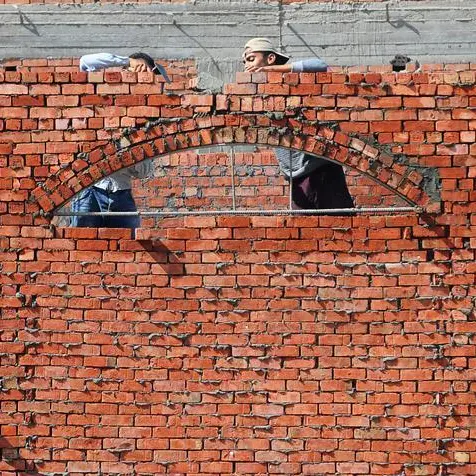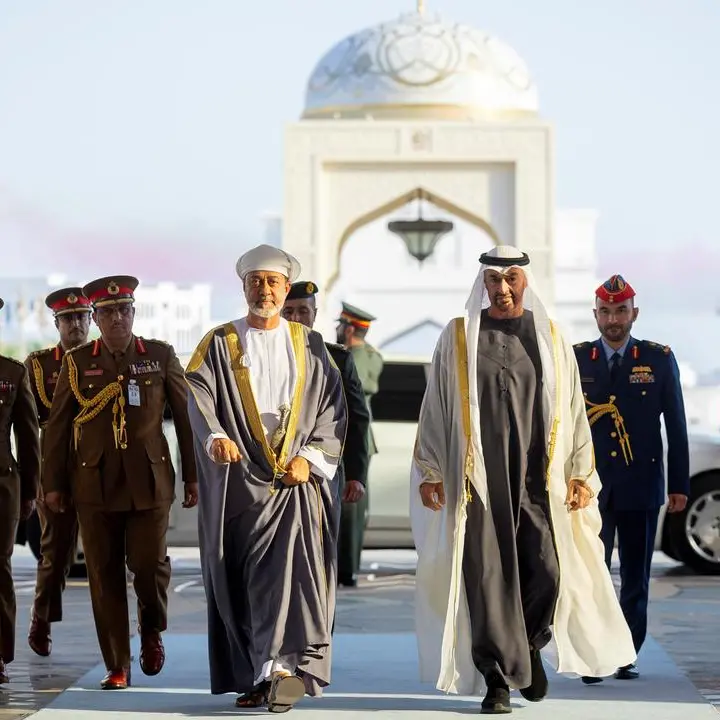PHOTO
With fewer than 100 days to go until election day, many in Washington are comparing the current mood across the nation to the final months in office of two one-term presidents: Jimmy Carter and George H.W. Bush. Yet, while Donald Trump is badly behind in the polls, he cannot be completely counted out with more than three months of the campaign still remaining.
The evidence for why Trump is in growing electoral trouble is shown in the latest wave of polls, which indicate that Joe Biden’s national lead has grown and his margin is now larger than Hillary Clinton’s was at any point during the 2016 campaign. Turning to the math of the all-important Electoral College, Biden also holds significant leads in key battleground states and, if the presidential ballot was held today, it is very likely that he would win.
However, many pollsters will remember the experience of autumn 2016, when Clinton’s apparently consistent lead evaporated on election night. And, even if Biden does win, it remains quite likely, unless Trump implodes, that the polls could narrow.
This “closer contest” scenario is especially likely with the president looking to recalibrate his election strategy in the last three months of the campaign. While it is too early to know if the pattern of recent days will continue, there are signs of greater moderation in Trump’s demeanor and a new-found acknowledgement of the seriousness of the coronavirus crisis. With much of the US populace viewing his response to the pandemic as lackluster, Trump last week acknowledged for the first time that the crisis will get “worse before it gets better” and U-turned on the issue of face masks, asserting it was now “patriotic” to wear one.
At least part of the reason for the shift appears to be the change in Trump’s campaign team that was initiated this month. This saw Bill Stepien, a field director for his 2016 campaign, take the place of Brad Parscale, who was reportedly blamed by Trump for the poorly attended rally in Oklahoma last month.
The new 100-day strategy, if that is indeed what it proves to be, is based around his new campaign team’s belief that the 2016 tactic of firing up a core base and riding an anti-establishment wave will not be enough to win again. So there is an increased effort to peel off center-ground voters, with the president placing less emphasis on rancor and discord and seeking to bring greater political conciliation in a country more divided than perhaps at any other time in living memory.
The key question is how much Trump, with the huge political baggage that his presidency now has thanks to a polarizing three-and-a-half years, can make this strategy a success in reaching out to swing voters by striving for more consensus and for a healing of frayed relations. There is no question that the office of the presidency can still — in suitably skilled hands — offer the potential for national renewal and unity during troubled times.
However, many voters will not have forgotten how much Trump has eschewed this agenda with his sometimes wild rhetoric and by failing to forge a governing agenda that brought the country together following the controversies of the 2016 campaign. The partisan animosity and wider political challenges coming out of that election have not been tackled by Trump and, while proving to be an effective (if unorthodox) campaigner, his lack of governing experience — as the first president since Dwight Eisenhower to have never previously held elected office — has restricted his ability to push through his agenda.
In the remaining months of Trump’s term, the presidency continues to provide him with at least two broad powers: That of setting governing themes for his administration, including renewal and unity; and that of creating interactive coalitions among the public and within Congress in support of the administration’s agenda. Trump’s effectiveness in setting governing themes and building coalitions of support will continue to depend upon his political skill in exploiting two sources of power — the popular prestige of the presidential office and his leadership reputation among members of Congress and senior federal bureaucrats.
Strong and effective presidents exploit each source of power interactively, as, for example, Franklin Roosevelt and Ronald Reagan did in the 1930s/40s and 1980s, respectively. To try to turn around his presidency before election day, Trump will have to show with greater clarity and purpose that he knows how to do both, defying expectations that are held about him by many voters.
Taken overall, Trump still has an opportunity to tighten the polls by avoiding excessive rancor and partisan overreach and outlining a clear, compelling governing agenda for a second term that would bring the country together, rather than tear it further apart.
- Andrew Hammond is an Associate at LSE IDEAS at the London School of Economics.
Copyright: Arab News © 2020 All rights reserved. Provided by SyndiGate Media Inc. (Syndigate.info).












